Sanhe Ancient Town Scenic Area is located in Feixi County, Hefei City, on the shore of Chaohu Lake, adjacent to Lujiang County and Shucheng County. It is known as one of the 16 famous towns in Anhui Province and one of the ten new scenic spots in Hefei.
On October 15, 2015, the National Tourism Administration approved Sanhe Ancient Town Scenic Area as a national 5A-level tourist attraction.
In November 2014, it passed the 5A grade scenic spot landscape quality evaluation organized by the National Tourism Administration, and was regarded as a member of the national 5A grade scenic spot reserve army.
In October 2015, it was officially approved as a national 5A scenic spot.
Sanhe Town, with a history of more than 2500 years, is named after the three rivers, Fengle River, Hangbu River and Xiaonan River. Sanhe Town is characterized by the ancient town of Shuixiang, which gathers rich humanistic views and forms unique "Eight Ancient" landscapes in Jianghuai area, namely, ancient rivers, bridges, ancient pools, ancient streets, ancient residences, ancient tea houses and ancient battlefields. Historically, it is not only a place for soldiers, but also a place for businessmen to gather together. Sanhe Town is a typical ancient water town, its landscape sentiment is not inferior to Zhouzhuang in southern Jiangsu.
It is clear and transparent, glittering like a mirror, overlooking the water surface, swimming fish in the water, weeping willows on the shore, clouds on the water, are all visible. From Xiaonanhe Wharf, you can enjoy the cross-strait scenery, enjoy the scenery of "bridges, running water, people" and wash away the dust of the city.
In Sanhe Town, a series of ancient dwellings, such as eaves, cornices, beams and painted buildings, were rare buildings in the late Qing Dynasty in central Anhui Province. White Horsehead wall, small green tile covered sloping roof. Beam purlin rafter column carved and painted, plus black lacquer gold shop plaque, hanging on the lintel of the octagonal exquisite hanging lamp, a deep lane full of moss, all permeate the rich ancient charm. When we are in this situation, we can't help thinking about the past.
From the ancient pier, along the Xiaonanhe River, the ancient street stretches south for 2 kilometers. The pavement is paved with large blue stones, connecting the front and the end, with clear lines. After thousands of years of wind and rain, pedestrian pressure, the stone surface is very smooth, the street width is up to three meters, shops on both sides are in line, mostly in the Qingming period.
Main traffic
At Hefei Tourist Bus Station and Nanmen Transfer Center, you can take a bus to the Three Rivers. Sanhe Ancient Town is 30-40 km away from Hefei City and 7 km away from Chaohu Lake. Water transportation is very convenient. The bus route from Hefei to Sanhe Ancient Town: 1. Take Zhongba from Hefei Tourist Bus Station to Sanhe. The fare is 14 yuan and the journey is about an hour. There are cars almost all day. A lot of cars going to other places in that area also go to Sanhe. 2. From the South Gate Transfer Center or Dongliu Road, take the bus between China and Pakistan on Sanhe or Hefei-Baishan. It's comfortable to ride. The fare is about 12 yuan. (Take No. 1, No. 117, No. 150, No. 152, No. 156 and No. 163 to get to Nanmen Transfer Center). On November 1, 2015, Sanhe-Shangshang bus will be opened.
Sanhe ancient town entrance ticket
1. Entrance tickets: Eight scenic sets: 120 yuan per person (including Yang Zhenning's former residence, Liu Tongxing Longzhuang, Helu, Sun Liren, National Quintessence Building, Root Sculpture Hall, Xiangu Building, Ancient Entertainment Hall);
Four scenery tickets: 70 yuan per person (including Yang Zhenning's old residence, Liu Tongxing Longzhuang, Helu, Sun Liren's former residence)
2. Half-price tickets for students, half-price tickets for children (no tickets below 1.2m; 1.2-1.4m for children), half-price tickets for the elderly (no tickets above 70 years old; half-price tickets for 60-70 years old), and no tickets for soldiers.


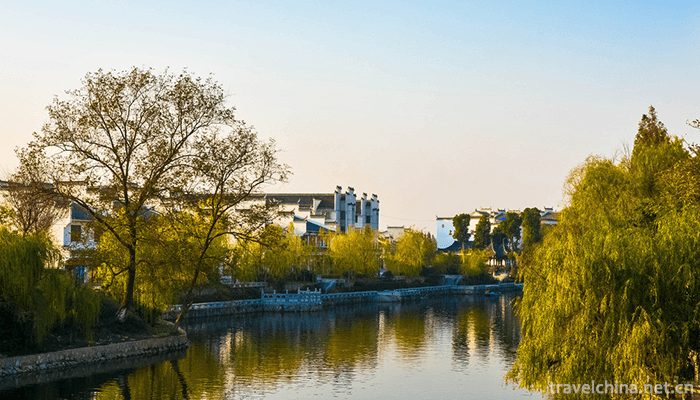
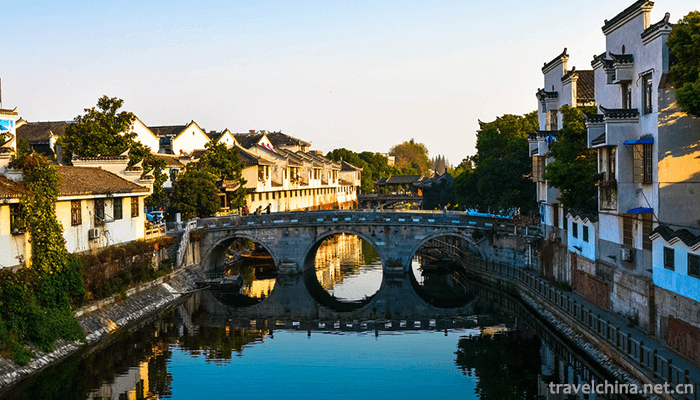
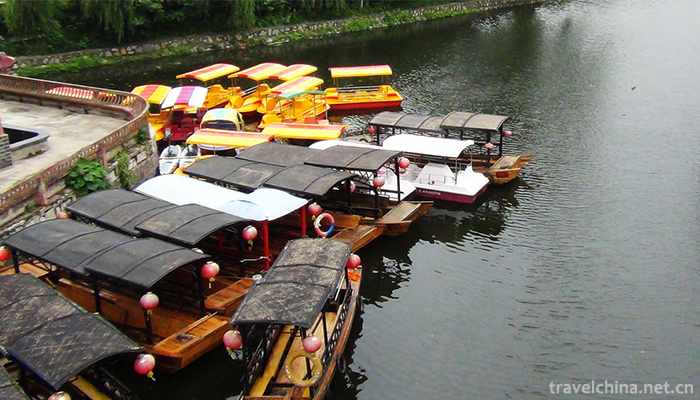
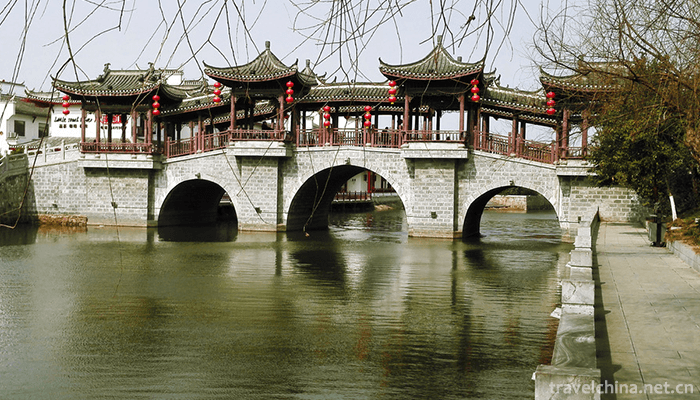
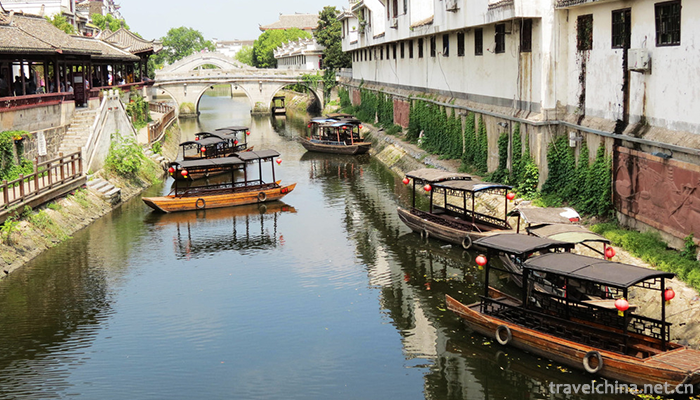
0 Questions
Ask a Question
Your email address will not be published.